The United States and China both see quantum technologies as key to national security and economic progress.
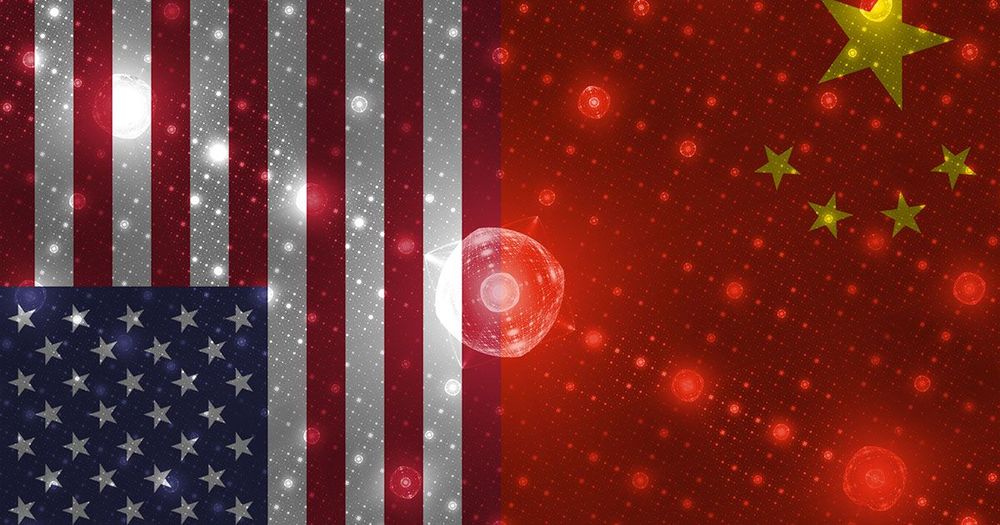

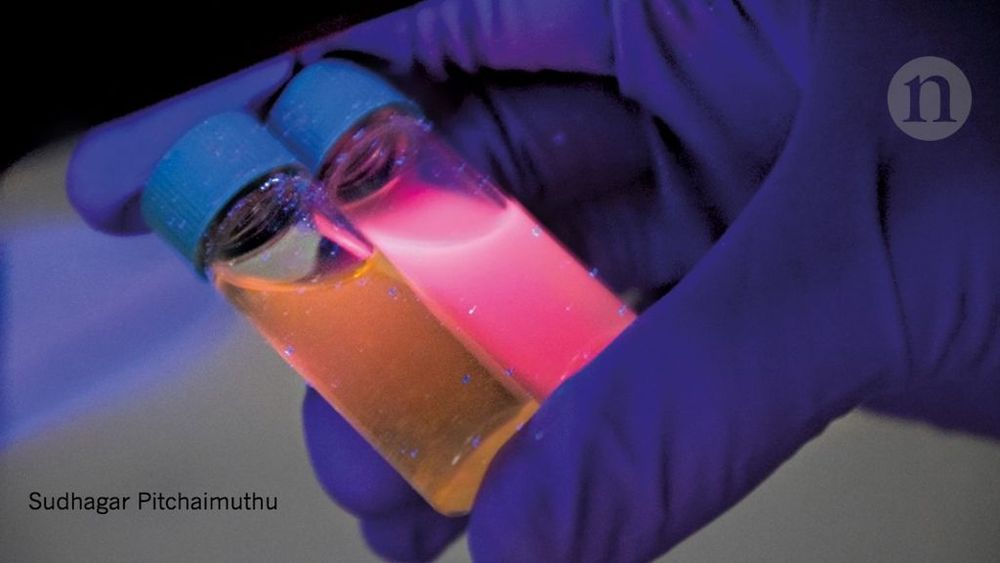

What actually occurs in a superposition—the strange condition in which entities seem to be in two or more places or states at the same? This is the root question in quantum mechanics, and the answer was unknown until now. In a new research paper, a joint team of researchers from Israel and Japan, has described a novel experiment that could finally shed light on the true nature of this puzzling phenomenon.
The researchers estimate that their experiment, that can be carried out within a few months, could possibly allow scientists a sneak peek at where an object like a particle of light i.e. a photon will actually be when it is positioned in a superposition. And as per their predictions, the answer can be even stranger and more baffling than “two places at once.”
The characteristic occurrence of a superposition involves firing photons at two parallel slits into a barrier. One fundamental aspect of quantum mechanics is that the tiny particles can behave like waves, so that those passing through one slit “interfere” with those passing through the other. These wavy ripples either boost or cancel one another to create a new characteristic pattern on a detector screen. The oddest fact is that this interference occurs even if only a single particle is fired at a time. The particle seems to somehow pass through both slits simultaneously and displays interference with itself. This is a true superposition.
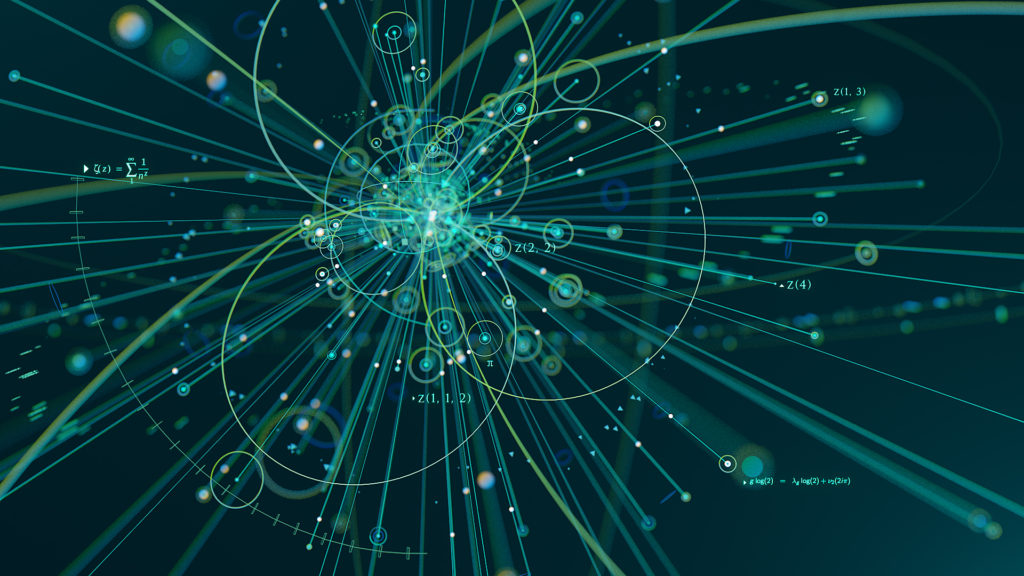
It is a few years since I posted here on Lifeboat Foundation blogs, but with the news breaking recently of CERN’s plans to build the FCC [1], a new high energy collider to dwarf the groundbreaking engineering triumph that is the LHC, I feel obliged to write a few words.
The goal of the FCC is to greatly push the energy and intensity frontiers of particle colliders, with the aim of reaching collision energies of 100 TeV, in the search for new physics [2]. Below linked is a technical note I wrote & distributed last year on 100 TeV collisions (at the time referencing the proposed China supercollider [3][4]), highlighting the weakness of the White Dwarf safety argument at these energy levels, and a call for a more detailed study of the Neutron star safety argument, if to be relied on as a solitary astrophysical assurance. The argument applies equally to the FCC of course:
The Next Great Supercollider — Beyond the LHC : https://environmental-safety.webs.com/TechnicalNote-EnvSA03.pdf
The LSAG, and others including myself, have already written on the topic of astrophysical assurances at length before. The impact of CR on Neutron stars is the most compelling of those assurances with respect to new higher energy colliders (other analogies such as White Dwarf capture based assurances don’t hold up quite as well at higher energy levels). CERN will undoubtedly publish a new paper on such astrophysical assurances as part of the FCC development process, though would one anticipate it sooner rather than later, to lay to rest concerns of outsider-debate incubating to a larger audience?

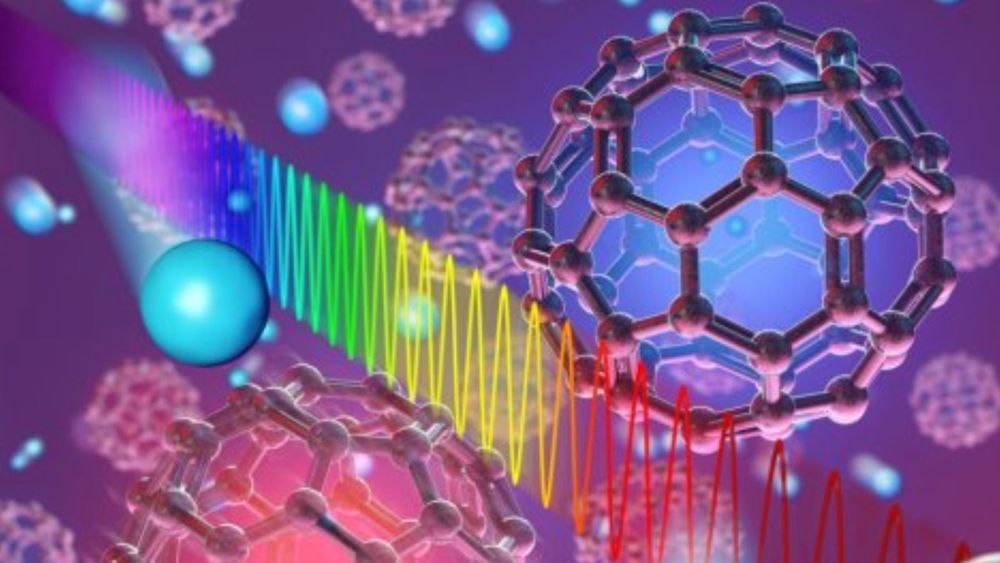
Scientists have characterized the quantum behavior of buckminsterfullerene molecules, also known as buckyballs, with the hope of perhaps one day turning them into miniature quantum computers.
Buckyballs are the Nobel Prize-winning molecules that consist of sixty carbon atoms arranged in a closed, soccer ball-shape. Their peculiar structure bestows them with strange observable quantum properties, and has given them uses in solar panels and even medicine. But a team of scientists from JILA, a research institute run by the National Institute of Standards and Technology and the University of Colorado, has made measurements in preparation for exploiting buckyballs’ quantum properties in even stranger ways.
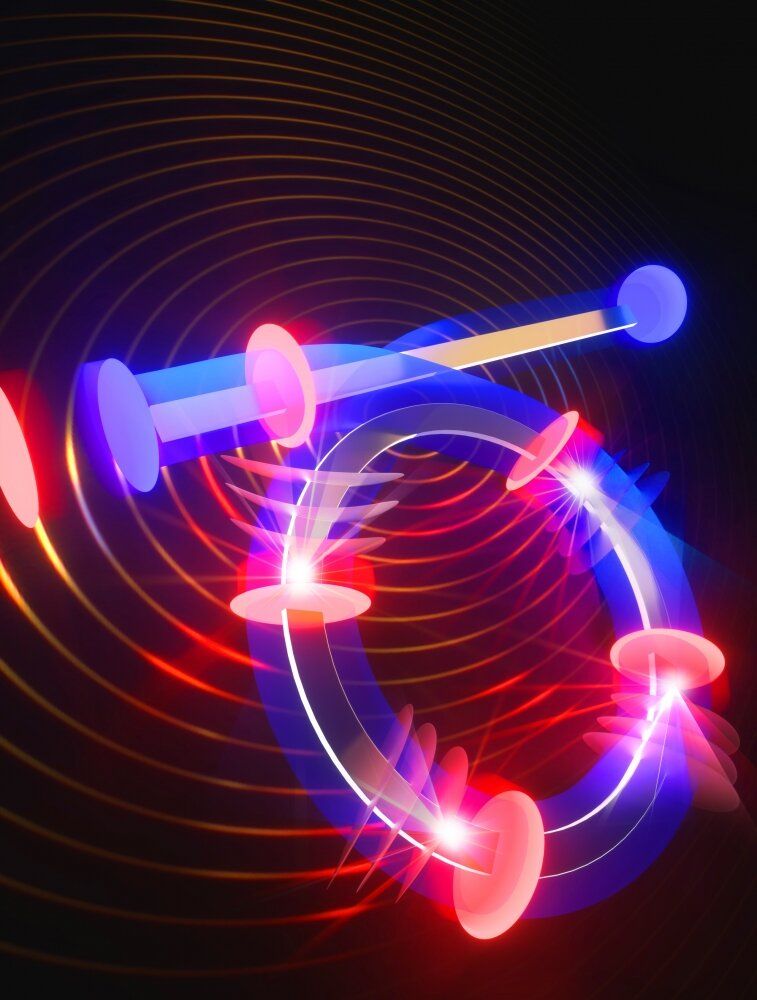
Spectrally pure lasers lie at the heart of precision high-end scientific and commercial applications, thanks to their ability to produce near-perfect single-color light. A laser’s capacity to do so is measured in terms of its linewidth, or coherence, which is the ability to emit a constant frequency over a certain period of time before that frequency changes.
In practice, researchers go to great lengths to build highly coherent, near-single-frequency lasers for high-end systems such as atomic clocks. Today, however, because these lasers are large and occupy racks full of equipment, they are relegated to applications based on bench tops in the laboratory.
There is a push to move the performance of high-end lasers onto photonic micro-chips, dramatically reducing cost and size while making the technology available to a wide range of applications including spectroscopy, navigation, quantum computation and optical communications. Achieving such performance at the chip scale would also go a long way to address the challenge posed by the internet’s exploding data-capacity requirements and the resulting increase in worldwide energy consumption of data centers and their fiber-optic interconnects.
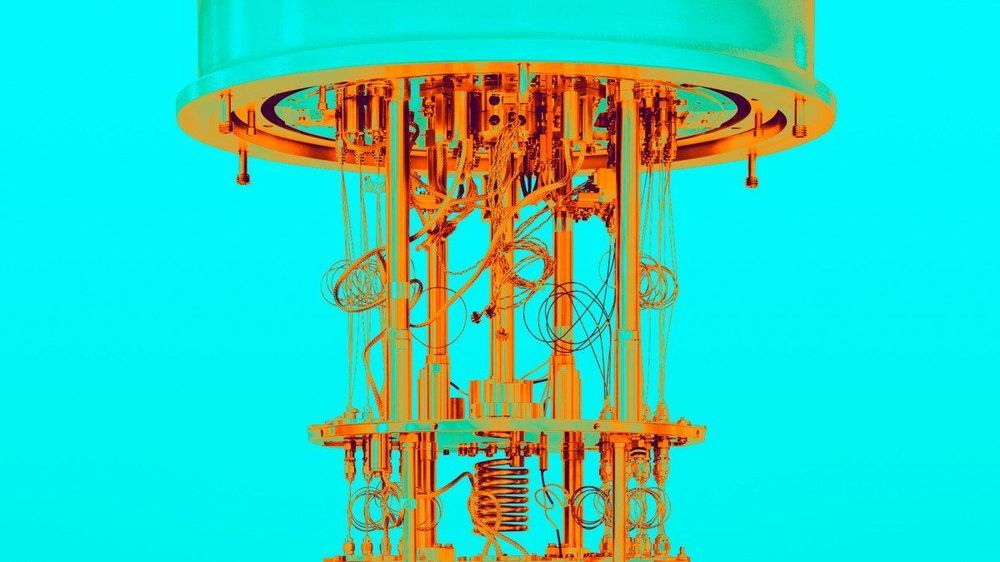
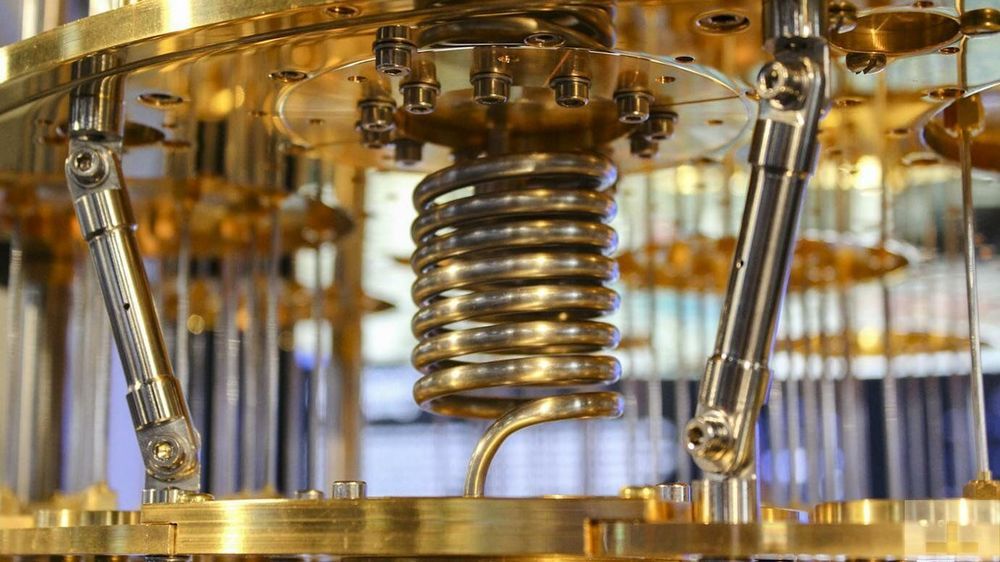
The rules of quantum mechanics describe how atoms and molecules act very differently from the world around us. Scientists have made progress toward teasing out these rules—essential for finding ways to make new molecules and better technology—but some are so complex that they evade experimental verification.
With the advent of open-access quantum computers, scientists at the University of Chicago saw an opportunity to do a very unusual experiment to test some of these quantum principles. Their study, which appeared Jan. 31 in Nature Communications Physics, essentially hijacks a quantum computer to discover fundamental truths about the quantum behavior of electrons in molecules.
“Quantum computing is a really exciting realm to explore fundamental questions. It allows us to observe aspects of quantum theory that are absolutely untouchable with classical computers,” said Prof. David Mazziotti, professor of chemistry and author on the paper.

Dark energy is apparently even more mysterious than astronomers had thought.
Scientists first proposed the existence of this invisible force two decades ago, to explain the surprising discovery that the universe’s expansion is accelerating. (Surprising and incredibly important; the find netted three researchers the Nobel Prize in physics in 2011.)
The most-used astrophysical model of the universe’s structure and evolution regards dark energy as a constant. Indeed, many astronomers believe it to be the cosmological constant, which Einstein posited in 1917 as part of his theory of general relativity. [The History & Structure of the Universe in Pictures].